My video production company Berad Studio recently produced a documentary called “Refined by Fire” for Hawaiian Airlines’ in-flight video magazine Hawaiian Skies. What made this piece more challenging than previous short films was the travel involved.
Specifically we traveled to Hawaii Island (a.k.a. The Big Island) to interview artisan Clayton Amemiya. Clayton is a potter who has been perfecting a traditional, Japanese form of pottery known as Anagama pottery. The major difference between this and all other forms of ceramics is the Anagama (wood) kiln in which pieces are fired. The process of building and maintaining this fire is typically an 80 – 100 hour process that continues day and night until the firing process is complete. The flame and wood ash act as a natural glazing agent for the raw, unglazed clay ceramics that are inserted into the Anagama.
When traveling for production the first question that always arises is: “What equipment and personnel do I need?” For this piece instead of bringing a crew with me, I decided to reach out to a local wedding production company called Techy3 Studios. Knowing that they shoot weddings with Canon 5DmkIII DSLR cameras, I felt confident that they would compose nice, properly exposed shots in tight time constraints.
I did consider flying a crew up to shoot with me, but in the end chose to utilize a local production team for a 5 key reasons.
1. Cost: Budget didn’t allow for extra plane tickets, lodging and meals.
2. Gear: Techy3 owned a bunch of the larger gear needed which allowed me to pack light.
3. Local Knowledge: Research and past experience only get you so far. An actual person can give you accurate weather updates and location information that Google Earth just can’t provide. Also, if I had to GPS or map out driving instructions to every location, it would have added unnecessary amounts of time and backtracking that a local can scout beforehand.
4. Weather: In Hawaii and specifically on the Big Island weather patterns vary so much that it’s invaluable to have people who live there help determine when to get to each location for ideal shooting conditions.
5. Growth: Trust is a huge component to production. You need to know your DP (Director of Photography) is going to nail focus, and exposure. You need to be confident that your audio tech is capturing clean, usable audio. As the director or producer you should focus as much energy as possible on what’s most important: TELLING THE STORY.
As I mentioned, I was able to pack just what I needed which included 3 cameras, a set of Zeiss prime lenses and a few Canon and Tokina zooms. Hawaii Photo Rental had just received their brand new Blackmagic Cinema Camera (BMCC) so I was itching to take it for a test drive. I thought this would be a great project to test how well it would cut with my Sony FS100 and Canon 5DmkIII. I knew that lenses wouldn’t be a problem since the BMCC is designed to work with Canon lenses but I knew that battery life would be. We decided to shoot everywhere from the lava fields at Kalapana to the peak of Mauna Kea and since the internal BMCC battery has a limited run time of 60-90 minutes, I needed to figure out an external power solution. Luckily fellow filmmaker Gerard Elmore had also just received his Blackmagic Camera and loaned me his Switronix-PB70-BMCC battery for our weekend shoot.
For my camera support I brought a carbon fiber Gitzo Tripod with a Manfrotto 503 Head, a Manfrotto 561BHDV Monopod and my brand new Lightcraft Workshop Trapezist Jib which all fit into my Manfrotto tripod bag. Lighting, stands, sliders other gear and even transportation were all provided by Techy3 Studios which made it much easier for me to travel safely and on my own.
It was a very fast paced shoot. I landed in Hilo on Friday morning at 7:00AM, ate breakfast with the Techy3 gang and we were shooting at our first location by 8:30AM. We dropped off any unneeded gear and luggage and darted off to Kalapana and hiked for a few miles to capture the lava flow. We got so close that at times we could see the red glow of lava under our feet.
Most of the interviews were shot on day 2 as was the time-lapse footage up at the peak of Mauna Kea. Two things to keep in mind if you plan to shoot at the summit:
1. You should plan to rest at Visitor Information Station to allow your body to acclimate to the altitude change for around 30 minutes.
2. A good portion of the road on your way up to the summit is unpaved and thus a 4-wheel drive vehicle is required to get there.
I don’t advise driving up to the peak during high wind weather, but if it’s the only day available, then bring a very sturdy tripod, some sandbags to weigh your camera down, winter weather clothes and blankets to keep warm. When we neared the summit, we noticed the car’s external thermometer drop passed 29° and on the rest of the trip up, it just read ICE so we don’t know exactly how cold it was.
The Anagama fire needs to be monitored and stoked 24 hours a day until it reaches it’s peak temperature over 1000°C, so when we came down from the summit, we went straight to Clayton’s house to shoot B-Roll of the Anagama at night.
Day 3 was reserved for our primary interview with Clayton as well as shooting any last B-Roll we needed.
We had just enough time to grab one last meal in Hilo town before jumping on my flight back to Oahu to begin post production.
Special Thanks to:
Hawaiian Airlines
Anthology Marketing Group
Clayton Amemiya
Techy3 Studios
Stephen Fredman
Gerard Elmore
Hawaii Photo Rental
Raf Bacani
Hawaii Film Office
Light Craft Workshop


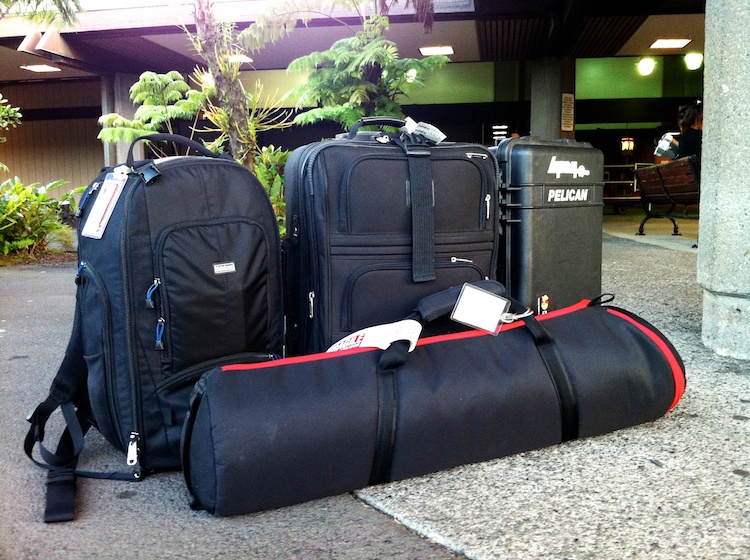
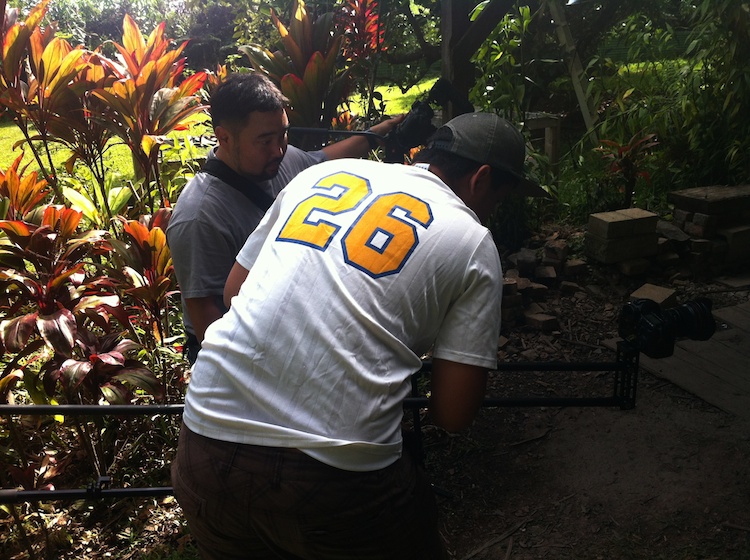
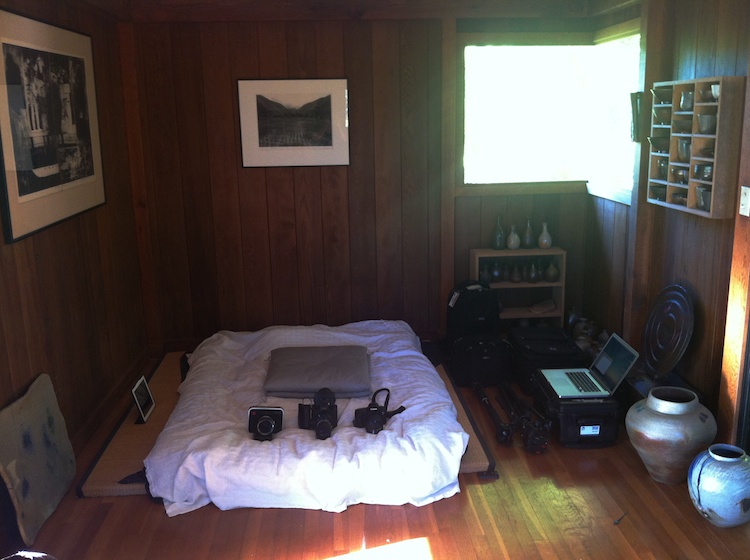
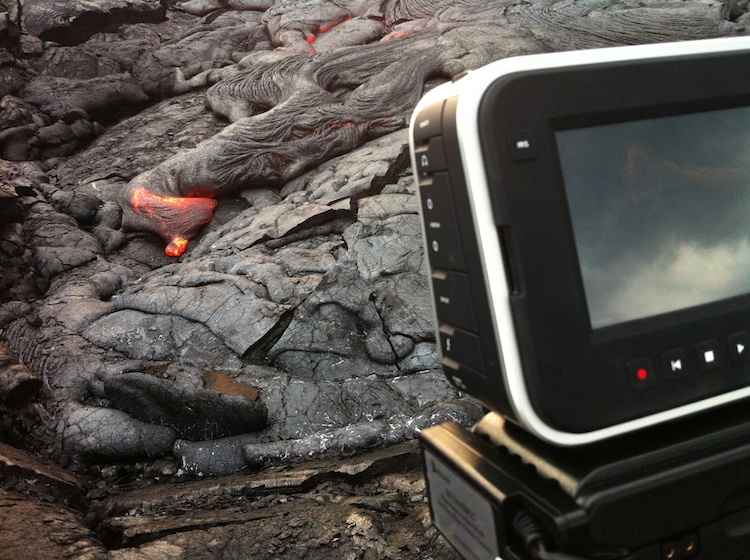

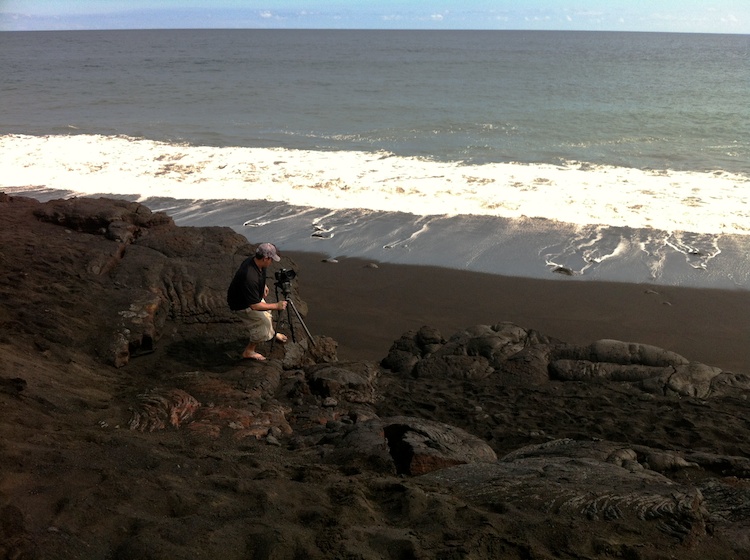
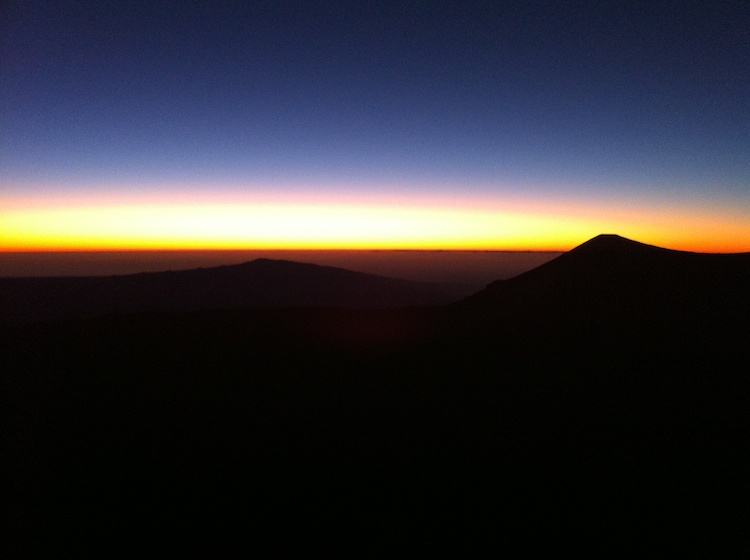

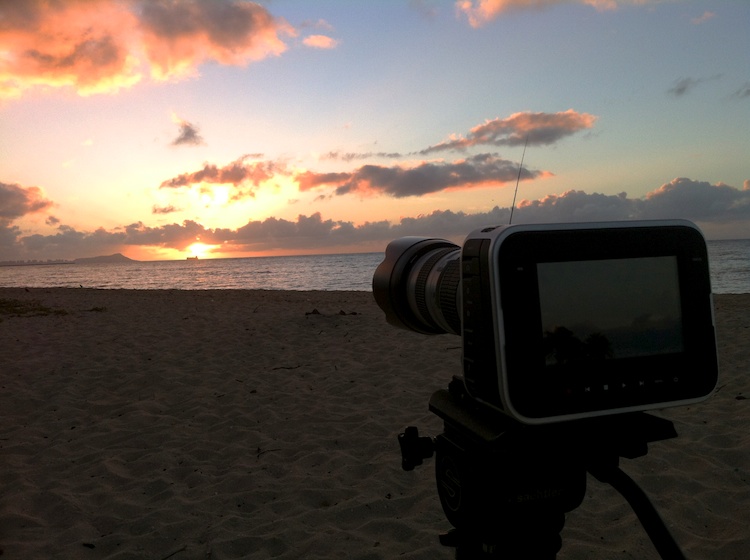
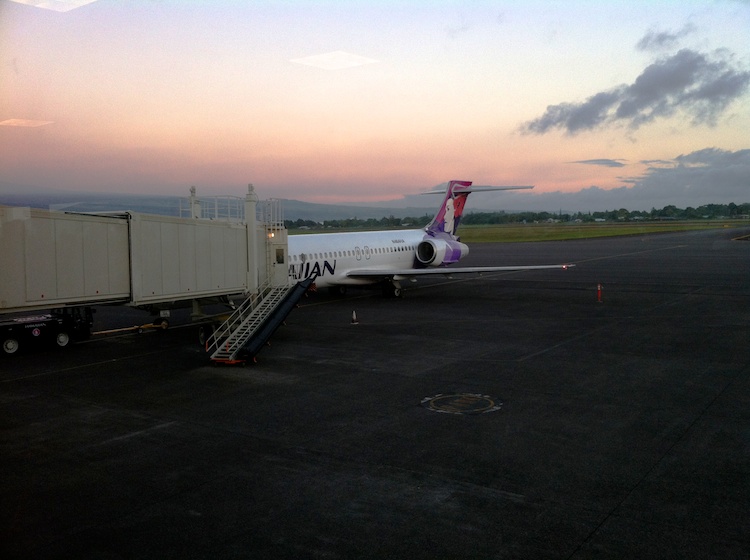

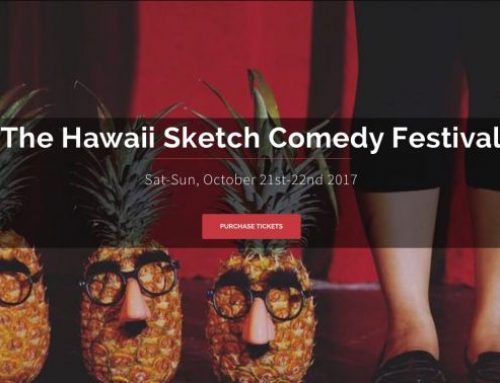
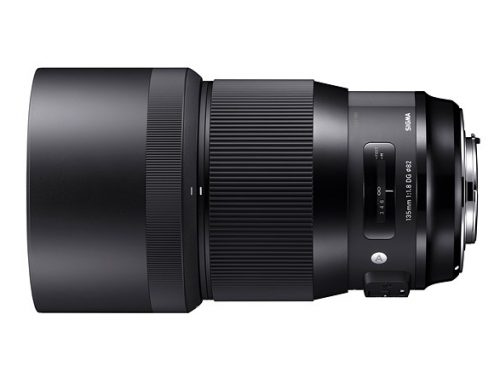
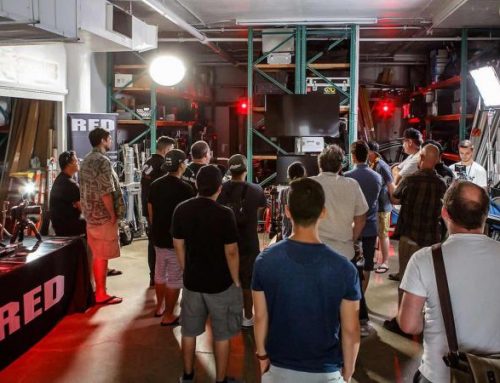
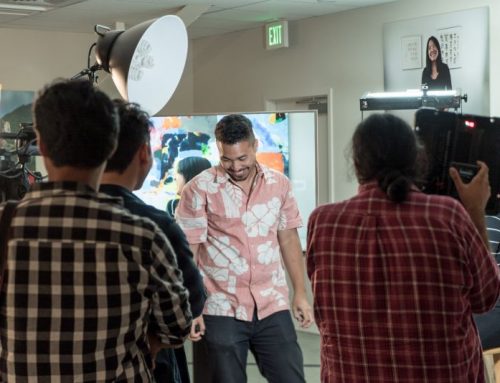
What a great story, and well told. Great work Mr. Amemiya! Well shot and a great edit. ? Nice project all around, good work Berad Studio!
[…] teamed up with Techy3 Design Studios (Hilo-based wedding video production company) to shoot “Refined by Fire” on Hawaii Island (a.k.a. The Big Island). One of the tools I knew would be helpful was a […]